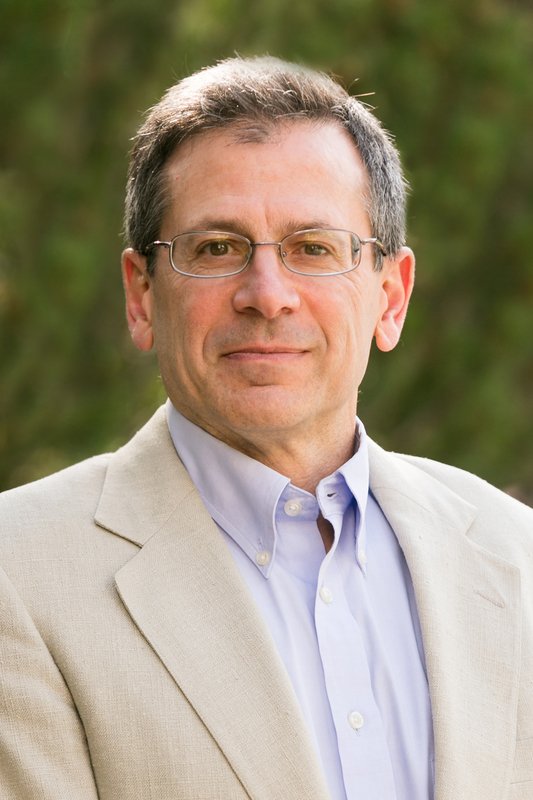Q4: Dr. Huard loves to use the word “collaboration” when talking about the team at SPRI and its colleagues around the globe. Do you see that being a big factor in your work in Vail and Houston?
If we were a lab operating in isolation, I would have no reason to want to be here. Our best ideas for research come from the surgeons. They work with us in designing the studies and interpreting the results. Most of our studies span the four SPRI groups. We have the Center for Regenerative Medicine, Biomechanics/Biomotion, Department of Imaging with Dr. Ho and the Center for Outcomes Research. Most of the studies we have now involve at least three and often all four groups. For instance, we might be doing a study of improving rotator cuff repair. We’re working with the surgeons because they are doing the procedures for the repair, and they are augmenting the procedures biologically through stem cells or PRP (platelet-rich plasma) from Dr. Huard’s lab. We’re assessing the function of these repaired tissues in BME and using advanced MRI techniques from Dr. Ho and his staff in imaging. And then we follow up with patients to see their progress and help further our studies by measuring those outcomes
It is this multidisciplinary approach that makes for the most powerful studies. It really enables us to develop, implement and assess advanced therapies and treatments.
- Scott Tashman, Ph.D.
- Scott Tashman, Ph.D., Director, BioMedical Engineering
- Q1: What is the Biomotion Lab and when did it become a part of SPRI and The Steadman Clinic?
- Q2: What will we find in the Biomotion Lab?
- Q3: What is the BME program that you direct?
- Q4: Dr. Huard loves to use the word “collaboration” when talking about the team at SPRI and its colleagues around the globe. Do you see that being a big factor in your work in Vail and Houston?
- Q5: What is the most satisfying part of the work you perform with SPRI and The Steadman Clinic?


